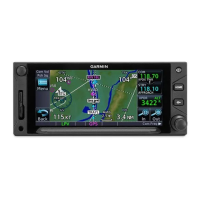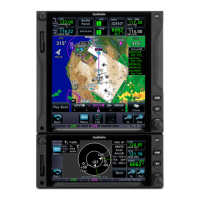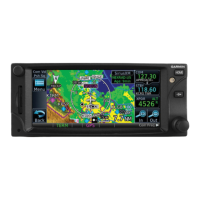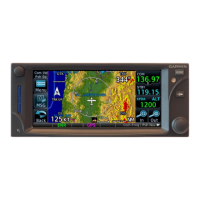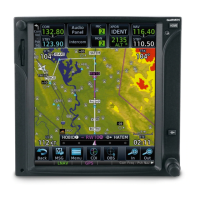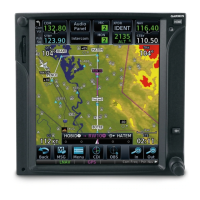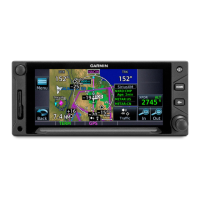20GTN 650: ADDING DEPARTURES, ARRIVALS, AND APPROACHES
RF legs (which resemble DME arcs) were formerly
included only in Authorization Required (AR) ap-
proaches with RNP in the procedure title.
However, RF legs are now being used as transi-
tions or feeder routes in other approaches, includ-
ing RNAV and ILS approaches, such as the ILS Z or
LOC Z RWY 16 at Reno/Tahoe Intl (KRNO). Note
that even with the GTN, you cannot y an Autho-
rization Required (AR) approach with RNP in the
procedure title.
e following limitations, outlined in the AFM
Supplement for the GTN, apply to ying procedures
that include RF legs:
• e aircra is limited to 180 KIAS while on
the RF leg.
• RF legs are limited to RNP 1 procedures.
(RNP AR and RNP <1 are not approved.)
is means the GTN must be in terminal
mode while ying an RF leg (just as it is while
ying any feeder route) and the lateral toler-
ances for the RF leg are 1 NM (just as on a
DME arc).
• Primary navigation guidance on RF legs must
be shown on an electronic HSI (EHSI) with
TIP
When a procedure is part of the active flight plan, you
can proceed direct-to any waypoint in the procedure;
activate a leg of the procedure; or delete a waypoint,
hold, or course reversal in the procedure; just as you
can modify flight plan waypoints when flying enroute.
Note that when you proceed direct-to a waypoint or
activate a leg within a procedure, you effectively ac-
tivate that procedure.
TIP
The GTN issues alerts for joining DME and RF arcs
in the lower right of the screen. Once on the arc, the
GTN shows whether you are arcing left or right, and
the heading that is tangent to the arc at your location.
Turn anticipation onto and off of the arc factors in your
groundspeed but desired track (DTK) doesn’t.
auto-slew capability active. You can’t y an RF leg if
your aircra has only a mechanical HSI or any CDI
that requires you to manually select courses as you
y the curved path.
• e GTN Map, EHSI Map, or distance-to-next-waypoint information must be displayed during the RF
leg when ying without the aid of an autopilot or ight director.
• e active waypoint must be displayed within the pilot’s primary eld of view.
For more information about ying RF legs with a GTN, see “6.9 Radius-to-Fix (RF) Approaches” in the
GTN 625/635/650 Pilot’s Guide.
When an RF leg is included in an approach, it is part of a transition or feeder route. Although you must
observe the limitations outlined above when ying an RF leg, no special techniques or procedures are required.
Load the procedure and transition as described in “Load an instrument approach” earlier in this manual.
Fly an RF leg that is part of a published procedure
With GTN system soware 6.5 and later, you can y some procedures that include radius-to-x (RF) legs. e
AIM denes an RF leg as “a constant radius circular path around a dened turn center that terminates at a x.”
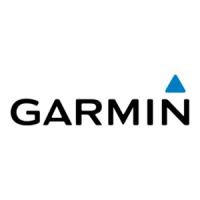
